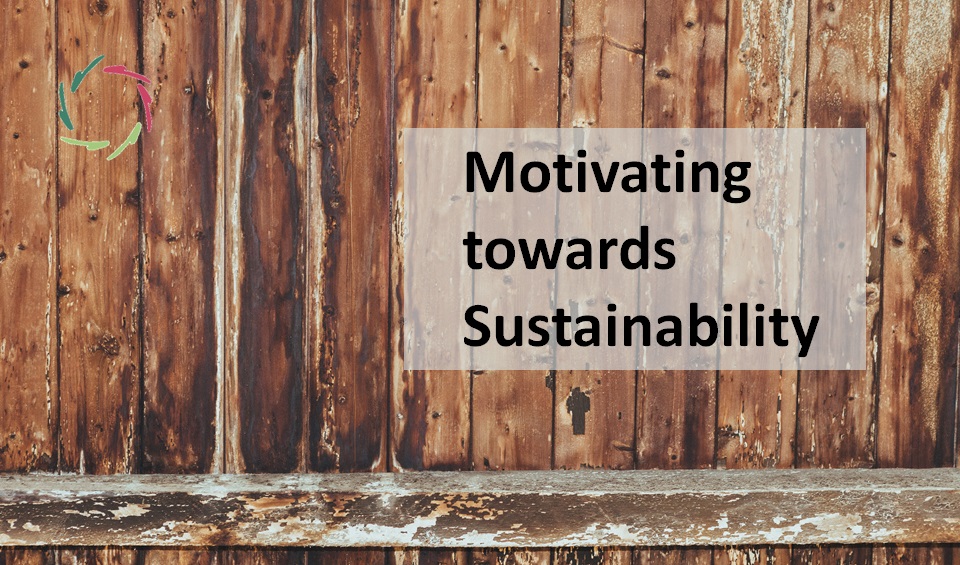Three Answers to Reality-as-Construction

The first answer lies in pragmatically choosing an option. The second lies in not choosing. The third lies in being the choice.
Constructionism shows that we are necessarily and significantly active in constructing reality as we perceive it — a costly error in many respects such as playing a causal role in many psycho-somatic issues. The question implicit in this blog’s title is how to deal with this.
Plato’s cave
One can see in Plato’s cave (for the full account, see Internet) a depiction of the question. Inside the metaphorical cave, like in a shadowy movie theater, people look at a wall on which reality is projected from outside in different ways. Irredeemably fastened to their seats, the cave people erroneously think they are looking at reality itself.
I see three primary ways (the ‘answers’) to try easing their plight:
- Following each person’s movie, trying to diminish the cost and enable personal growth.
- Turning off the projector, letting anyone inside the cave wildly free to project anything — then, see what happens.
- Showing that the cave is an illusion (of mere ego) inside oneself. Transcending the illusion, each person becomes his solution as a total person.
The third way (or answer) isn’t straightforward.
Therefore, this calls for much support, which has been developed in AURELIS.
This doesn’t annihilate the importance of the first two ways. Moreover, crucial support lies in bringing the third as a gentle slope. Plato already warned that something like this should be done cautiously indeed.
Humanity’s Big Stories have provided several answers.
Let’s turn to just a few:
- The Confucian Story emphasizes the importance of bringing together personal and social goals in order to construct what is good for the community.
- The Buddhist Mahayana Story brings a construction of ultimate Emptiness and a Large Vessel with a place for all.
- The Christian Story goes toward constructing an Eternal Soul reality after ego death.
This is not just about Big Hairy Stories but ways to try to influence people’s daily lives. Each Big Story is eventually about little stories and shows in its original manner that the cave is always illusory in inner dissociation. Only transcending the illusion can lead to fulfillment in a more fundamental reality.
Now we can add to this the Science Story.
This is the story of mental-neuronal patterns. It depicts the canvas (or the cave’s wall) on which other stories are projected. This way, it’s one crucial step closer to reality, and we can build on it in a scientific progression. There’s already a tremendous lot of knowledge to this story. You can find much of it in the AURELIS blog-wiki.
However, this story by itself lacks poetry. Thus, it may provoke a natural reticence if brought in a manner of hard science. It’s as if the emperor finally recognizes that he doesn’t wear clothes ― thus, is running naked.
The Emperor’s Story
Seeing his nakedness – almost like Adam and Eve – makes the emperor feel like he is losing a Big Illusion, which is true. He can mourn this indefinitely, or he can go forward. What he should not do in my opinion, is go backward into the illusion.
A good option, therefore, is a minimalist choice of clothes, not intending to hide one’s nakedness from peering eyes or to defend the own body, but to beautify it — not wearing the simple tunica as an armor but a poem.
Each day – or part of the day – he can choose a different poem, knowing very well that it’s a choice, and making sure he doesn’t get glued to any or make any tunica glue to anyone else. The tunica serves to glorify the body, to enhance Inner Strength.
Thus, this emperor realizes the third answer in a nice and friendly way. One may recognize in this an Aurelian friendliness. This makes sense given the challenge.
The AURELIS Story
Transcending the cave, one can reach Openness in religion, leadership, meditation, and more, making many unneeded constructions also obviously less needed.
In psychotherapy/coaching too, constructions abound. In this case – as in all others, seen in-depth – Compassion, basically, can let coach and coachee overlap from the inside out. Thereby, no construction is needed, nor the absence of construction.
Being profoundly present with another person (or oneself) simply makes any construction superfluous. The path becomes the presence itself
and the choice becomes the chooser himself as-total-person.
Note that I use the term ‘Compassion’ in the stage where it coincides with Wisdom. They are the same entity. Moreover, in AURELIS, (auto-)suggestions are poetic clothes one can use without intended stickiness.
Wake up. Open your eyes.
You’re out of the cave.


